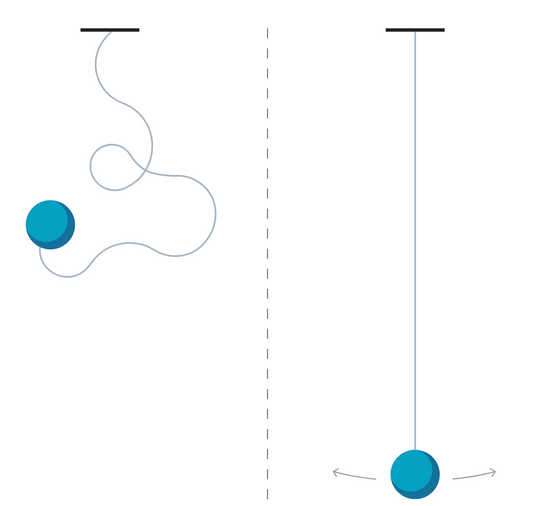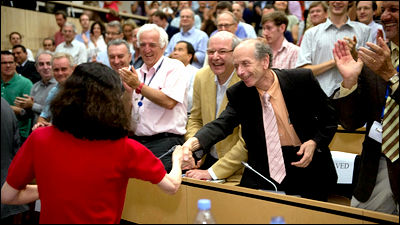What is the 'true mechanism' by which the Higgs field gives mass to elementary particles?

Since
How the Higgs Field (Actually) Gives Mass to Elementary Particles | Quanta Magazine
https://www.quantamagazine.org/how-the-higgs-field-actually-gives-mass-to-elementary-particles-20240903/
A column in The New York Times uses the example of 'snow' to explain the mechanism by which the Higgs field gives mass to particles, explaining that 'the Higgs field is like a snowy field. A person walking through the snow experiences different resistance from the snow than a person skiing and a bird flying over a snowy field. It is this resistance that gives rise to mass.'
Expressing the 'Higgs particle' as 'snow' makes it easier to understand - GIGAZINE

But Strassler points out that many of these explanations contradict the various theories that physicists teach freshman college students: For example, the idea that the Higgs field exerts a drag force that creates mass contradicts Newton's first and second laws of motion; if this were true, the Earth would have slowed down and fallen into the Sun long ago due to the universe-wide influence of the Higgs field.
Furthermore, if the Higgs field were some kind of object, such as syrup, it could serve as a comparison point for measuring absolute motion, which would contradict Galileo's principle of relativity and Einstein's theory of relativity, which state that motion is relative.

Since it would be inaccurate to compare the Higgs field to some kind of object and explain that its resistance creates mass, Strassler instead came up with the following story.
'Once upon a time, the universe was born. The scorching hot universe was teeming with elementary particles, and the cosmic field was the Higgs field, which was initially switched off. But as the universe expanded and cooled, the Higgs field suddenly switched on, and the field strength was no longer zero. This caused many fields to stiffen, and particles gained a resonant frequency and mass. The Higgs field thus transformed the universe into the quantum musical instrument it is today.'
The important things in this story are 'fields,' 'particles,' and 'resonant frequencies.' First, regarding fields and particles, quantum

According to Strassler, just as a guitar string produces a certain tone when plucked, stationary electrons vibrate at a frequency called a 'resonant frequency.' Most fields in the universe have a resonant frequency, Strassler said, 'in that sense the universe is like a musical instrument.'
Returning to the topic of the Higgs field, mass is not generated by the slowing down of elementary particles in a substance like starch syrup; the stronger the Higgs field, the higher the frequency at which elementary particles vibrate, and the greater their mass. Therefore, the Higgs field can be thought of as a kind of 'cosmic stiffening agent' that increases the resonant frequency of other fields.
Strassler likens the Higgs field, which gives mass to other fields by changing their frequency, to a pendulum: In a space without a gravitational field, a pendulum floats in the air, but in the presence of a gravitational field, the pendulum hangs straight down and swings back and forth.

by Mark Belan for Quanta Magazine
If the pendulum swings to the right, gravity will cause it to swing back to the left, and vice versa. The stronger the gravitational field, the stronger this restoring effect is, and the higher the resonant frequency of the pendulum. In the same way, the Higgs field creates a restoring effect on other elementary fields, changing their vibrations. This vibration is what gives the particle its mass.
According to quantum field theory, the faster a stationary particle oscillates, the more mass it has, while fields with no resonant frequency correspond to massless particles that are never stationary, like photons in an electromagnetic field.
'For me, the fact that resonance underlies reality is a source of delight and amazement,' said Strassler. 'I've been an amateur musician for a while, and I was ecstatic when, as a graduate student, I discovered that the structure of the universe and my body function in the same way that a piano or guitar produces sound. The secret musicality of our universe would not exist without the Higgs field.'
Related Posts:
in Science, Posted by log1l_ks







